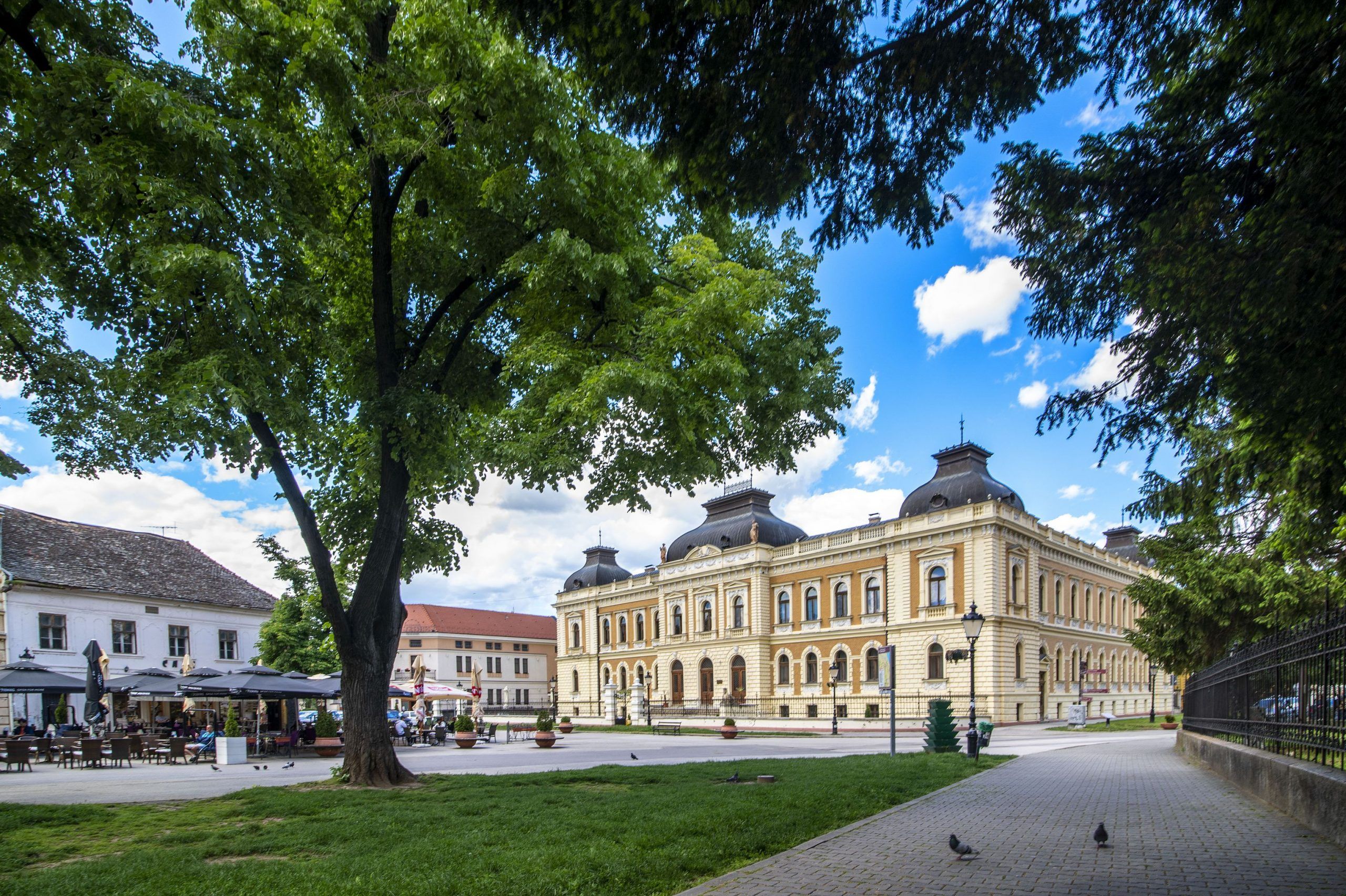Sremski Karlovci is a wine galaxy. In the town, the core of which you can walk along and across in half an hour of brisk walking, to the delight of many wine lovers live about fifteen wineries and wine cellars. History records Sremski Karlovci, both for events important for the history, culture and identity of the Serbian people, and through the Karlovci Peace Treaty for the history of Europe, as well as for wines that, in addition to fame, brought significant income to its inhabitants.
The Europeans Hans Loevenklau and Merchior Bezold praised Karlovci wines in the 16th century, which were exported to the Czech Republic and Poland at that time already. In the 18th century, Friedrich Wilhelm von Taube noted that Italian wines were no better and that “Karlovci wine was as sweet and strong as Greek and that red wine in particular is of the highest quality.” The golden age of winemaking lasted until before the end of the 19th century, when phylloxera destroyed the vineyards. Until the World War II, the vineyards were rebuilt on a significantly smaller area than was the case before the appearance of this plague.
In the seventies of the last century, thanks to experts from the Institute of Fruit Growing and Viticulture from Sremski Karlovci, three domestic newly created white wine varieties[1] of Neoplanta, Sirmium and Župljanka were verified, during the next two decades two new varieties for red wines Rumenka and Probus, and then the following varieties: Sila, Nova Dinka, Petra, Zlata, Lela, Liza, Mila, Lasta, Early Riesling, Kosmopolita, Morava, Petka, Rubinka, Bačka, etc.
The Fruška Gora and Sremski Karlovci wine areas are recognized for their excellent white wines made of Italian and Rhine Riesling, Chardonnay, Traminac, Sauvignon and others. But lately, wine production is increasingly relying on the grape assortment consisting of: Merlot, Cabernet Sauvignon, Cabernet Franc, Frankovka, Portuguiser and others. In honour of wine and winemakers, the Spring Wine Festival Sremski Karlovci (May) and the Karlovci Grape Picking (September) are held here.
In addition to the cultural heritage of the Serbian people, which is visited en masse and regularly by primary and secondary school students from the country and the surrounding area, wine production and wine tourist tours are key tourist products of Sremski Karlovci, so the town found itself on the map of content rich tourist destinations interesting to foreign and domestic audience of all ages and gastronomic-wine affinities.
The city centre of Sremski Karlovci is a cultural and historical unit of exceptional significance. It is an urban matrix created through the engagement of Karlovci metropolitans, prominent citizens and rich merchants during the 18th, 19th and early 20th centuries. In terms of architectural and artistic values, as well as historical significance, this urban physiognomy of the wider urban core of Sremski Karlovci occupies an exceptional place in the cultural heritage of the Serbian people.
The most representative buildings grouped around Branko Radićević Square and the surrounding streets are a vivid reminder of the time when the seat of the Karlovci Metropolitanate was located here at the beginning of the 18th century, the first Serbian Grammar School was founded in the same century and Serbian Vojvodina was proclaimed in the 19th century.
Famous buildings representing the glorious time of Sremski Karlovci are: Four Lions Fountain (18th century), Serbian Orthodox Church of St. Nicholas (18th century), Patriarchal Palace (19th century), Karlovci Grammar School (19th century), Palace of the Church-People’s Funds, currently the Theological Seminary of St. Arsenije Sremac (20th century), Stefaneum (20th century) Theological Seminary (20th century), Roman Catholic Church of Holy Trinity (18th century) and Magistrate (19th century). Somewhat further from the centre is the Chapel of Peace (19th century) erected on the site where in 1699 the representatives of the Christian states concerned and the Ottoman Empire signed the Peace of Karlovci.
Today, in addition to the famous Chapel, there are many family wineries in the modern Street of Karlovci Peace Treaty: MK Kosović Family Winery, Probus Wine Cellar, Petrović Wine Cellar, Vinum Winery, Kiš Winery and Dulka Winery, and nearby are Kurjak Winery and Mrđanin Winery. The following wineries are in the central city zone: General Agricultural Co-operative Benišek-Veselinović, Došen Winery and Bajilo Winery. Đurđić Winery is located on a hill above the town on a slope surrounded by grapevine stems. Museum of Beekeeping – Wine House Živanović) is a famous place in Karlovci which, in addition to excellent wines and the same kind of honey, preserves traces of history of the development of winemaking and beekeeping among the Serbs. A few house numbers away is the house where the favourite Serbian poet Branko Radičević lived, whose eternal residence is at Stražilovo, a nearby Karlovci picnic site, apart from the one he has in the hearts and textbooks. Sremski Karlovci, a small town on the Danube with its historical, cultural and religious sights and the offer provided by numerous wineries, is becoming an unavoidable destination, very often an introduction to the mass-accepted Fruška Gora monastery tours.
For more information visit: https://karlovci.org.rs/eng/
Text: Gordana Stojaković
Photographs: Aleksandar Milutinović
Tourism Organisation of the City of Novi Sad is not responsible for changes in information and services.
The text posted in: July 2021
[1] Grape assortment and transcription of names are given according to: Cindrić, Petar and Vladimir Kovač (2007) “Vinogradarstvo i vina“ (“Viticulture and Wines“) Fruška Gora. Ed. Nebojša Jovanović and Jelica Nedić. Pg. 498. Beograd: Zavod za udžbenike


